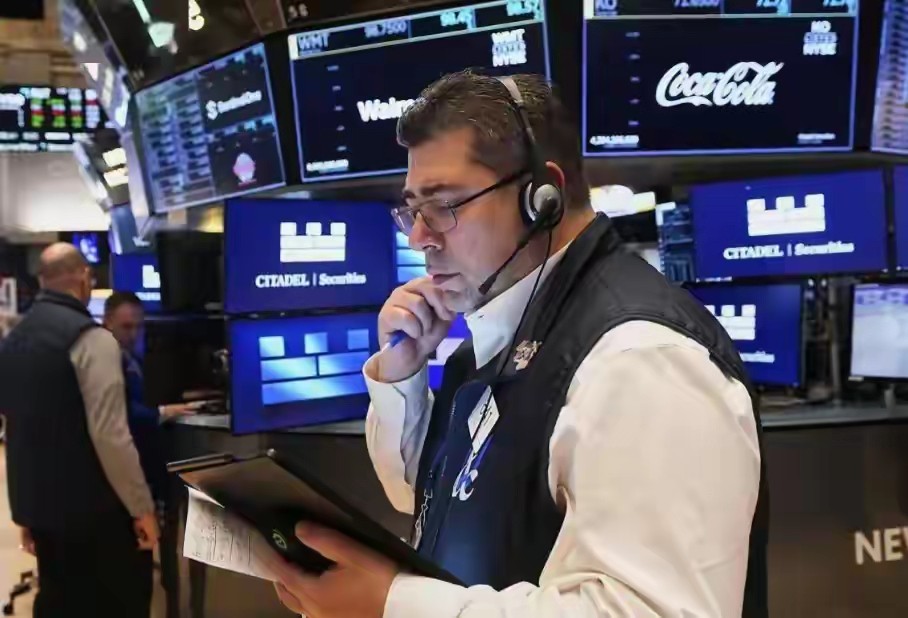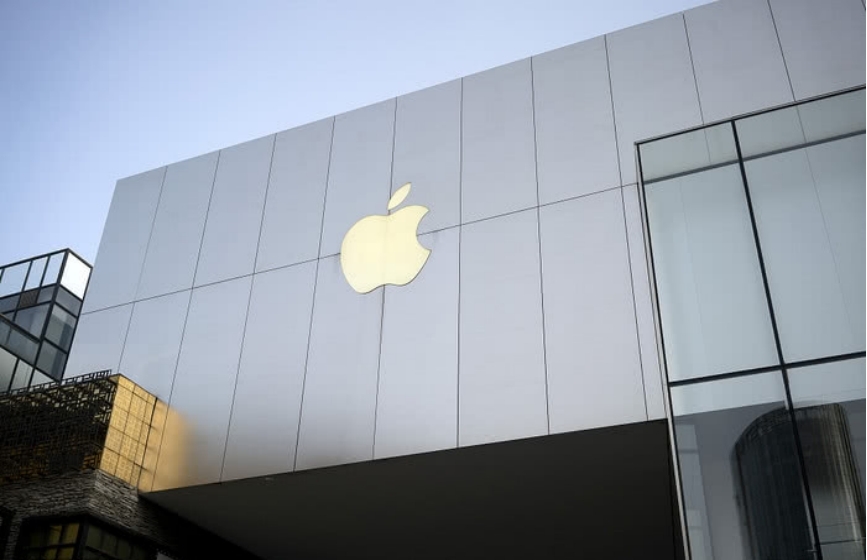
On August 6 local time, a seemingly accidental but meaningful event occurred in the US financial market: the yield of US bonds of all maturities suddenly soared in a short time, and the yield of 10-year treasury bond jumped from 4.225% to 4.282% in just five minutes, up nearly 6 basis points. Although it quickly returned to the normal level, the market rumor was that this was due to the "Wulong Finger" in the futures market, that is, the original plan to sell 8000 10-year treasury bond bond futures contracts was misoperated into selling 80000, and then the transaction was cancelled. The seemingly simple 'oolong finger' incident is like a sharp surgical knife, accurately uncovering the fragile trump card of the US Treasury market, with complex and profound logic hidden behind it.
The US Treasury market has always been regarded as the cornerstone of the global financial market. The US dollar is the main reserve currency in the world, and US treasury bond bonds are the core component of US dollar assets. About 58% of the world's foreign exchange reserves are denominated in US dollars, most of which are held in the form of US treasury bond; Its market size is huge, with a tradable size of approximately 28.6 trillion US dollars as of May 2025, possessing high liquidity and market depth; And it has long been regarded as one of the safest assets in the world, with extremely low default risk, and its yield is the benchmark interest rate for global financial markets. However, in recent years, many structural problems in the US bond market have gradually surfaced.
In terms of scale, the continuous expansion of the US fiscal deficit has made the scale of treasury bond keep rising. In the 2020-2024 fiscal year, the average total federal budget expenditure in the United States is about $6.6 trillion, compared to about $4.5 trillion in pre pandemic 2019. In 2025, the size of US treasury bond bonds will exceed US $36 trillion, while by the end of 2019 it will be about US $23 trillion. This large-scale debt growth has impacted market confidence in US Treasury bonds. The rising fiscal deficit and the rapid accumulation of government debt have led to an increase in the supply of new treasury bond in the United States. When demand cannot expand at the same scale, the liquidity of the treasury bond market has declined.
The change in investor structure is also an important factor contributing to the instability of the US Treasury market. Among new investors, the proportion of those who prefer short-term trading has significantly increased. As of 2024, the proportion of individual investors has reached 10%, and the proportion of mutual funds has reached 20%. The combined proportion of the two has increased by nearly 20 percentage points compared to 2017, and the total proportion is close to 30%. These investors usually pay more attention to short-term market fluctuations and yields than to obtain stable interest income by holding treasury bond. At the same time, the proportion of institutional investors, including insurance companies and pension funds, who traditionally prefer to hold US treasury bond bonds in the medium and long term declined to about 6%. When market risks rise, short-term investors are more inclined to quickly sell treasury bond to obtain liquidity or avoid risks, which weakens the stability of US bonds as a safe asset. For example, in the COVID-19 outbreak in March 2020, the Silicon Valley Bank event in March 2023 and the "Oolong Finger" event, the US debt market experienced soaring yields and tight liquidity.
The uncertainty of domestic policies in the United States has also laid hidden dangers for the US bond market. Trump's "equal tariffs" policy not only causes ordinary households to pay an additional $4000 in tariffs each year, which is equivalent to putting an invisible tax burden on the middle class in the United States, but also may cause more than 2 million people to lose their jobs. Goldman Sachs has raised the probability of a US recession to 45%. Corporate CEOs collectively withdraw their investment hands, and consumer confidence falls below the twelve year mark. The instability of this economic environment has affected investors' confidence in US Treasury bonds. At the same time, the political struggles in the United States have made it difficult for fiscal policy to effectively address the debt problem. Former US Treasury Secretaries Paulson and Timothy Gates have issued warnings about the risks facing US bonds, stating that the current debt path is unsustainable, and the political stalemate has made tax increases or welfare cuts impossible to implement. Market confidence in US bonds may completely collapse in August.
Although the 'Oolong Finger' incident may have been just an accidental trigger point, it profoundly reveals the fragility of the US Treasury market. The scale, liquidity, investor structure, and policy uncertainty issues facing the US Treasury market are all threatening its position as the cornerstone of the global financial market. In the future, the direction of the US bond market and whether the US government can effectively address these issues will not only affect the economic and financial stability of the US itself, but also have a profound impact on the global financial system.

Recently, according to 9To5Mac, the Apple Podcasts app was exposed to have the problem of automatically redirecting unsubscribed programs, and some of the redirected programs were suspected to contain malicious links.
Recently, according to 9To5Mac, the Apple Podcasts app was …
Recently, multiple Federal Reserve officials have publicly …
Ukrainian President Vladimir Zelensky met with French Presi…
In November 2025, South Korean e-commerce giant Coupang was…
On December 2, 2025, the international silver market witnes…
On November 30 local time, a report released by the Stockho…